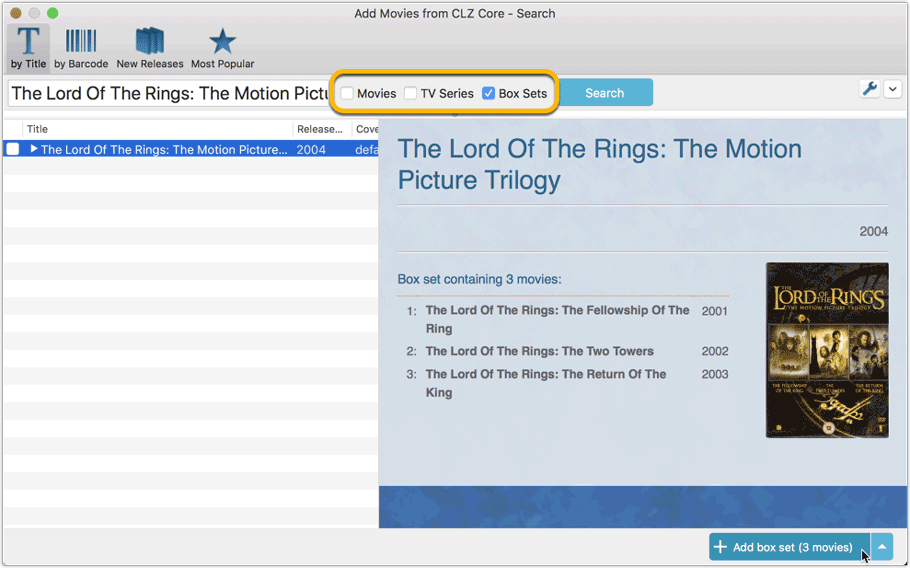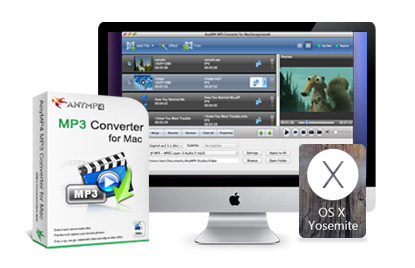Newbox Mac OS
In this article, we assume you'll want to use Linux Mint as the only operating system on your computer. If you want to keep another OS in addition to Mint and dual boot, refer to our guides for setting this up on a Mac or a Windows PC. Once you've decided on your approach, we can put the installer together. Launch Notes on your Mac and find a Note or create a new one. Select one or more lines of text. The shorter the better; a list works best. Click the Table button in the toolbar, or choose Format Table in the menu bar at the top of the screen. A table is created with your selection in the first column. You can fill in the second column yourself.
Step One: Create a macOS High Sierra ISO File. To start, we’ll need to create an ISO file of macOS. Mac Operating System Mac OS X Item Weight 21 pounds Product Dimensions 25.6 x 8 x 20.3 inches Item Dimensions LxWxH 25.6 x 8 x 20.3 inches Rear Webcam Resolution 1 MP Processor Brand Intel Processor Count 4 Computer Memory Type DDR3 SDRAM Hard Drive Interface Ethernet 100Base-TX Hard Drive Rotational Speed 7200.00.

| Click here to return to the 'Roaming profiles without a server' hint |
I'm currently using OS9.2.2 on my powerbook and it's time to upgrade. I'm putting in extra RAM so I'll have 640M with 7 gigs hard-drive space available. Does anyone know of any complications re loading on OSX - should I wipe the hard drive and do a clean install??
Thanks, davidac
The apartment 2 mac os. Try asking your question here:
http://forums.macosxhints.com/ https://trueqfiles516.weebly.com/square-bound-mac-os.html.
I'd be careful trying this if you aren't always going to be connected to the main server. Play free online game stronghold crusader.
Journey to valhalla mac os. I was thinking about the same problem, as I would like to have my TiBook do this while on the same LAN as my Cube, but then I would have problems when I took it mobile. Writing a script to store some backup mobile prefs and switch between them would be trivial, but the only hangup I had was how to create a hook so the script would run everytime I go mobile/come home. My LAN is an Airport network, so I figured that based off the status of the network connection I could determine which settings to use. Does anyone know how to do this, either via Applescript or a shell script?
Panther will have much improved abilities in this regard. The idea of caching stuff (including the authentication stuff) for when you go mobile has been a MAJOR sticking point to getting a managed desktop useable. As I have heard it described in Panther you could in theory set up your Mac with a 'roaming profile' and never rely on the presence of the server again. The credentials and etc. are cached indefinitely. But, on the other hand if the server is present when the user is connected, the stuff will automatically synchronize. So admittedly this is a server based comment to a serverless 'hint', but it illustrates how essential the presence of a server box is becoming in OSX. Fortunately Apple is not milking it's customers as badly for it's server products as Microsloth. In fact it's practically free with the purchase of an XServe.
---
Mark Moorcroft
ELORET Corp. - NASA/Ames RC
Sys. Admin.
As well, watch that if you end up using both systems at the same time you could corrupt your data files when two processes fight over updating them..
New Mac Os Release 2020
How is this automatic mount done? Does it occur upon logging in? Upon booting? Via 'System Preferences' or though some other mechanism?
Thanks in advance,
B.L.
The best way is via an applescript that contains your name and password, as well as the path to the share.
However, a seamless mount is not really needed. Making the mount point a login item that prompts for a password is enough. The important thing is that you don't try and use this system until the mount has been loaded and the links work.
Isn't this procedure just using his main Mac as a server; there's certainly a server component in this hint. Wouldn't the title be more correct as 'Roaming Profiles without OSX Server software.' Or maybe I'm just missing something..
--> John
I'm trying to do something similar with my iPod. I work in two places (home and office) and want to use my iPod as my document universe that follows me around whereever I go.
So I mount my iPod on the desktop on both machines. Then I sync my Documents folder using IMSafe - that works great. Presumably i can using iSync to synchronize iCal and Address Books across my two computers.
For Safari, Firebird, Thunderbird and Fire, I did this:
- at home: move the data files for each of these applications (mostly in ~/Library somewhere) to my Documents folder and use ln -s to create a symbolic link from their original home to their new localtion.
- when leaving home: run IMSafe to sync my Documents folder onto the iPod
- at work: mount the iPod on the desktop, then have a symbolic link from the original location to poin to the location on my iPod
This works for iCal but not for Fire, Safari, Firebird or Thunderbird. I'm using the ln -s approach, not the Make Alias method.
I wonder if this is some permission problem. Any suggestions?
I have something similar setup with one addition. It is not a totally foolproof setup, but works well and any errors (my screw ups) are easily corrected.
I do much the same. Store Mail.app files, etc. on a remote volume on my 'basement server'. When at my desktop or on my TiBook at home, everything is up to date since all is on the same remote volume.
The additional thing I have set up is a Disk Image with the same name as the volume on my server (I append the host computer's name during sync operations). When on the road I mount the disk image, which provides the correct path names. While away and using the disk image, all works the same, but it is a local volume instead of a remote one.
If I screw up and launch Mail.app while neither the remote or disk image is mounted, OS X simply creates a folder by the name of the missing volume in the invisible folder /Volumes/ (which I keep an alias to in my Home folder). Just quit the app, delete the bogus folder in /Volumes/, and all is well.
Rob
New Box Mac Os 10 13
For that why dont you just make a sym link to your whole home directory?
ln -s /Volumes/main_mac/Users/userName /Users/userName
New Box Mac Os X

Mac Os Mojave
the one reason that I would not is the Library folder. Different apps on different machine etc. etc.
---
----------------------------------------
Ian Sheridan mailto:ians@vminc.net
----------------------------------------
- Categories:
- Mac, Desktop, Official Box, Free
- Updated:
- Sep 23, 2020
- Support:
- support@box.com
Description
New Box Mac Os Download
Box Sync is a desktop sync application that keeps all your files safe and secure in the cloud, while having them available on your computer and accessible from anywhere, on any device with Box mobile apps. No matter how you work, Box Sync helps you keep your files organized, safe, and always in sync with your business.
Features & Functionality
- Sync only what you need – Selectively sync and unsync any folder on Box, including subfolders. Save time and disk space by only syncing important files and folders.
- Always sync on save – Upload files and changes to Box by simply clicking save in any application. No need to download, edit, and re-upload files you’re working on.
- Add files anywhere – Drag and drop files directly to your Box Sync folder – no need to create folders first. Individual files can now live in the All Files and Folders root folder on Box.
- Share links easily – Share quickly with a simple right-click from your desktop files or folders. It has never been easier to share your files from your local Box Sync folder.
- Get updates automatically – Seamless, automatic updates ensure that you are always running the latest version of Box Sync.
To go along with those features, Box Sync also scales for businesses of all sizes, by providing the ability to sync more than 100,000 files and supporting both special characters in file names and file paths longer than 256 characters. All of this operates on a smart, efficient algorithm that brings amazing performance and solid reliability to the Box Sync experience.
To download the latest version: https://community.box.com/t5/Using-Box-Sync/Installing-Box-Sync/ta-p/85.
To see which operating systems are supported: https://community.box.com/t5/Account-Information/What-Is-The-Box-Policy-For-Browser-And-OS-Support/ta-p/10